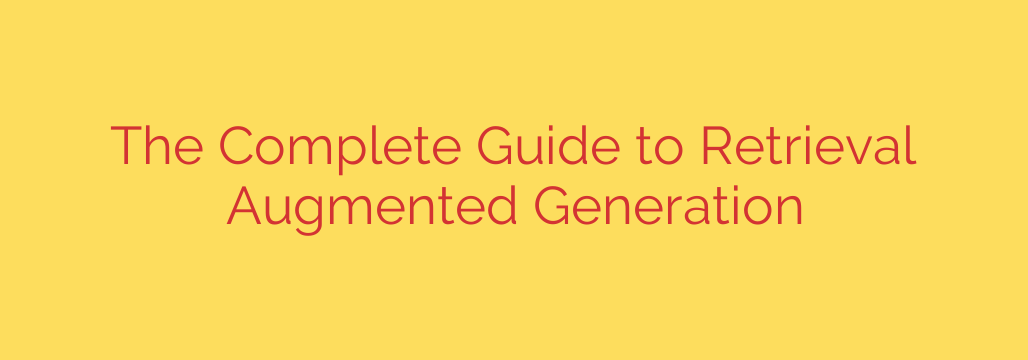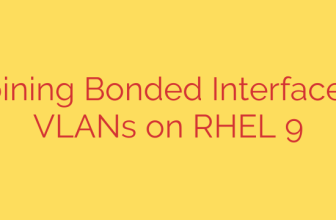
Understanding the limitations of large language models (LLMs) has led to the development of innovative techniques to enhance their capabilities. While LLMs excel at generating human-like text, they often struggle with providing accurate, up-to-date, or domain-specific information. This is because their knowledge is limited to the data they were trained on, which can be outdated and lack specific context. Furthermore, LLMs can sometimes “hallucinate” or confidently present incorrect information as fact.
To overcome these significant challenges, Retrieval Augmented Generation (RAG) has emerged as a powerful paradigm. RAG combines the generative power of LLMs with the ability to retrieve relevant information from an external knowledge base. Instead of relying solely on the LLM’s internal parameters, RAG systems dynamically access and utilize external documents or data during the generation process.
The core process involves several key steps. First, an external knowledge base is prepared and indexed. This knowledge base can be anything from a collection of documents, databases, or web pages. The indexing process often involves converting the content into a format that can be easily searched, typically using embedding models to represent the text as numerical vectors and storing them in a vector database.
When a user query or prompt is received, the RAG system first retrieves relevant information from this indexed knowledge base. This is done by using a retriever component that finds documents or passages semantically similar to the input query. This retrieval step ensures that the system has access to pertinent, current, and factual information related to the user’s request.
Once the relevant information is retrieved, it is then provided to the LLM along with the original prompt. The LLM, acting as the generator, then synthesizes a response based on both the original query and the retrieved context. This crucial step allows the LLM to produce responses that are not only coherent and well-written but also grounded in specific, verifiable facts from the external knowledge source.
The benefits of implementing RAG are substantial. It dramatically improves the accuracy and factual consistency of the generated output by reducing reliance on potentially outdated training data and mitigating hallucinations. RAG also enhances currency, allowing models to provide information on recent events or developments that occurred after their last training update. Furthermore, RAG provides a degree of transparency and explainability, as the generated response is often based on identifiable source documents, which can sometimes be referenced. This also makes RAG more cost-effective and efficient than constantly retraining large LLMs on new data.
Despite its advantages, implementing RAG is not without challenges. Maintaining a high-quality, up-to-date, and comprehensive knowledge base is crucial. The effectiveness of the system heavily depends on the ability of the retriever to find truly relevant information, which can be complex with ambiguous queries or vast knowledge bases. The process of indexing and retrieval can also introduce latency, impacting real-time applications. Ensuring the LLM effectively utilizes the retrieved context and integrates it seamlessly into the final response is another technical hurdle.
RAG is being applied across a wide range of use cases. It is exceptionally effective for question answering systems, allowing chatbots to provide precise answers based on specific documents or data. It’s also valuable for building sophisticated conversational AI that can discuss domain-specific topics authoritatively, summarizing content, or assisting with content creation by referencing factual information. Internal knowledge management systems benefit greatly from RAG, enabling employees to quickly find answers within company documentation.
In summary, RAG represents a significant advancement in leveraging LLMs. By adding a dynamic retrieval step to the generation process, RAG systems can produce responses that are more accurate, current, and reliable, making them indispensable tools for applications requiring factual accuracy and access to external knowledge.
Source: https://collabnix.com/retrieval-augmented-generation-rag-complete-guide-to-building-intelligent-ai-systems-in-2025/








